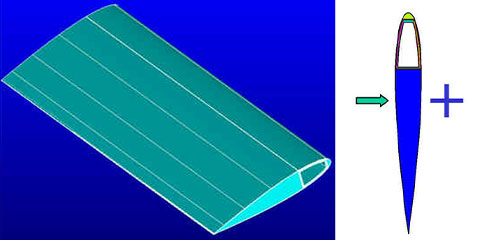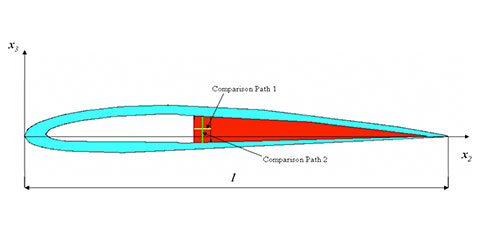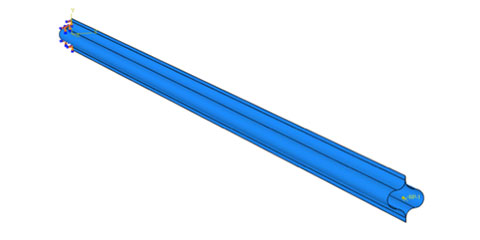VABS™ by Analyswift
Cross-sectional Analysis Tool for Composite Beams
VABS by AnalySwift, is a general-purpose cross-sectional analysis tool for computing beam properties and recovering 3D stresses and strains of slender composite structures. The tool of choice for helicopter and wind turbine rotor blades, VABS is also a powerful tool for rigorous simulation of other slender composite structures, such as propellers, landing gear, wing sections, golf clubs, fishing rods, beams, poles, columns, rods, shafts, tubes, bridges, and many more. VABS can calculate ply-level details with the accuracy of 3D finite element analysis (FEA) in seconds on a typical laptop computer. VABS is capable of rigorously reducing an original 3D slender solid with complex cross-sections into a simple engineering beam model.
With continuous development funded by the U.S. Army spanning more than 30 years for performance and robustness, VABS' accuracy has been extensively verified by its developers and users.








